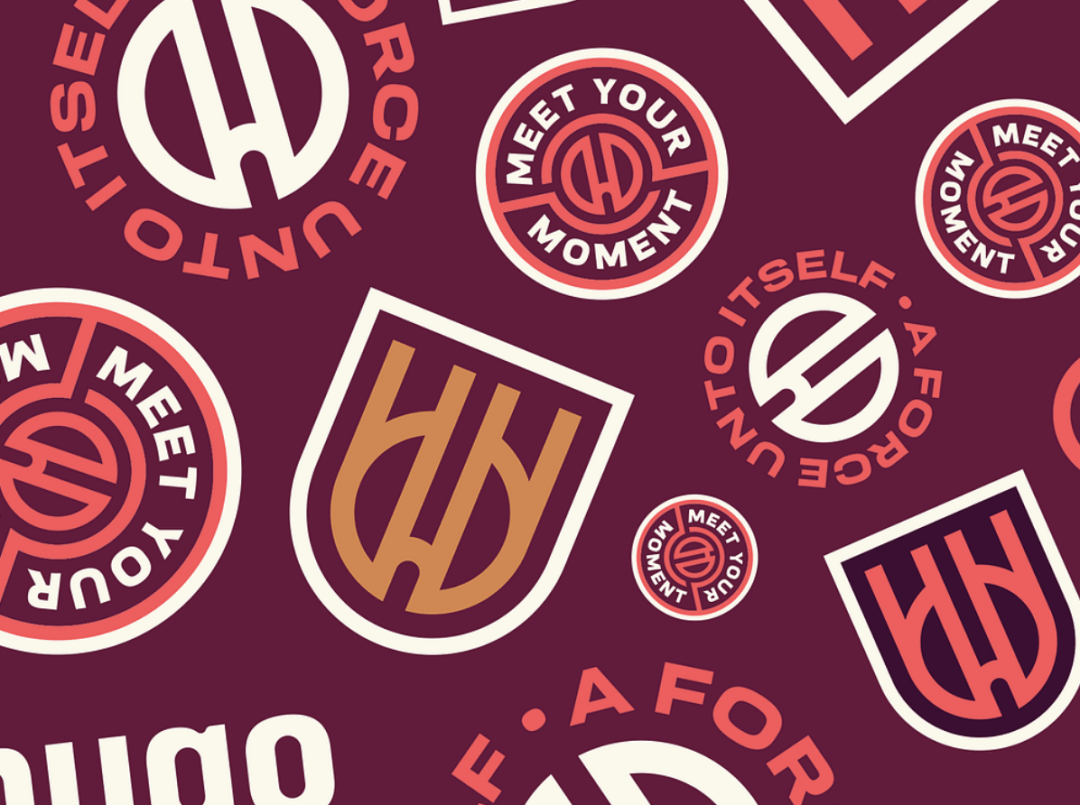The Psychology of Shapes in Logo Design
Logo design is not just an art; it's also deeply rooted in psychology, especially when it comes to the shapes used. Each shape in a logo conveys a distinct message and can evoke specific emotions in the viewer. Understanding the psychology of shapes is crucial for designers and brands aiming to communicate the right message through their logos. This article explores how different shapes influence perceptions and how they can be effectively used in logo design.
The Significance of Shapes in Branding
Shapes are a fundamental element of visual communication. They are the first things that viewers perceive, even before color or text. Each shape encapsulates a unique psychological implication, influencing how a brand is perceived by its audience. By choosing the appropriate shape, brands can forge a deeper connection with their customers, aligning the brand's values with the customers' expectations.
With a 3D logo generator, creating a logo of any shape becomes an effortless and creative process. These online tools offer advanced capabilities that allow users to design stunning three-dimensional logos that stand out visually. Whether you're looking for a sleek, modern look or something more intricate and detailed, a 3D logo generator provides a wide range of geometric shapes, abstract forms, and customizable options. This type of software makes it possible to experiment with depth, shadow, and perspective to create a dynamic logo that pops on any medium. Ideal for businesses aiming to make a bold impression, a 3D logo generator is a powerful tool for crafting a distinctive brand identity.
Common Shapes and Their Psychological Impacts
Shapes are more than just visual elements; they are powerful communicators that can subtly influence perceptions and evoke deep-seated emotions. In logo design, understanding the psychological impact of different shapes can help brands convey specific messages and connect emotionally with their audience. This section delves into the common shapes used in logos—circles, squares, triangles, and lines—and explores how each shape can shape consumer perceptions and behaviors. By leveraging these insights, designers can create logos that not only catch the eye but also resonate on a psychological level.
Circles, Ovals, and Ellipses
These shapes are often associated with unity, stability, and continuity. They suggest community, friendship, and love, fostering a sense of trust and security. Brands looking to portray themselves as friendly and open often utilize circular logos. The absence of sharp edges makes these shapes welcoming and inclusive.
Squares and Rectangles
These are perceived as strong, efficient, and professional. Squares and rectangles convey stability and reliability due to their familiar and straightforward nature. They are often used by companies that wish to project strength and professionalism, like technology firms and financial institutions.
Triangles
Triangles are dynamic because they can point in different directions, which suggests movement or direction. When pointing upward, they convey power, progress, and purpose. When inverted, they can signify risk or instability. Triangles are favored by companies that want to appear bold and energetic.
Vertical Lines
Vertical lines suggest strength, masculinity, and aggression. They convey a feeling of boldness and resilience and are often used in logos for companies that want to project authority and power.
Horizontal Lines
Horizontal lines evoke feelings of tranquility and calm. They are often associated with community, tranquility, and stability. Brands that wish to communicate security and calm, such as wellness or financial services, often use horizontal lines in their logos.
Curves
Curved shapes are associated with rhythm and movement. They are softer and more fluid than straight-edged shapes, often used to represent femininity and beauty. Curves can suggest happiness, rhythm, and pleasure, making them popular in industries like beauty and arts.
Implementing Shape Psychology in Logo Design
When designing a logo, it's essential to consider the message that the shape will convey. Here are a few steps to implement shape psychology effectively:
1. Define the Brand Identity: Clearly define what the brand stands for and the emotions it aims to evoke. This will guide the choice of shapes.
2. Consider the Target Audience: Different demographic groups might react differently to specific shapes based on cultural and social conditioning. Understanding the audience is crucial in selecting the right shape.
3. Combine Shapes Thoughtfully: Sometimes, combining different shapes can enhance a logo’s effectiveness by layering multiple psychological messages. However, it’s important to maintain balance to avoid confusing the audience.
4. Test with Audiences: Before finalizing a logo, test it with focus groups to gauge reactions and ensure the shape communicates the intended message.
Conclusion
The psychology of shapes in logo design is a powerful tool that can significantly influence consumer perception and emotional response. By carefully selecting and utilizing shapes, brands can communicate their values and intentions more clearly, forging stronger connections with their audience. Understanding and leveraging the psychology of shapes allows designers to create logos that are not only visually appealing but also psychologically resonant.
